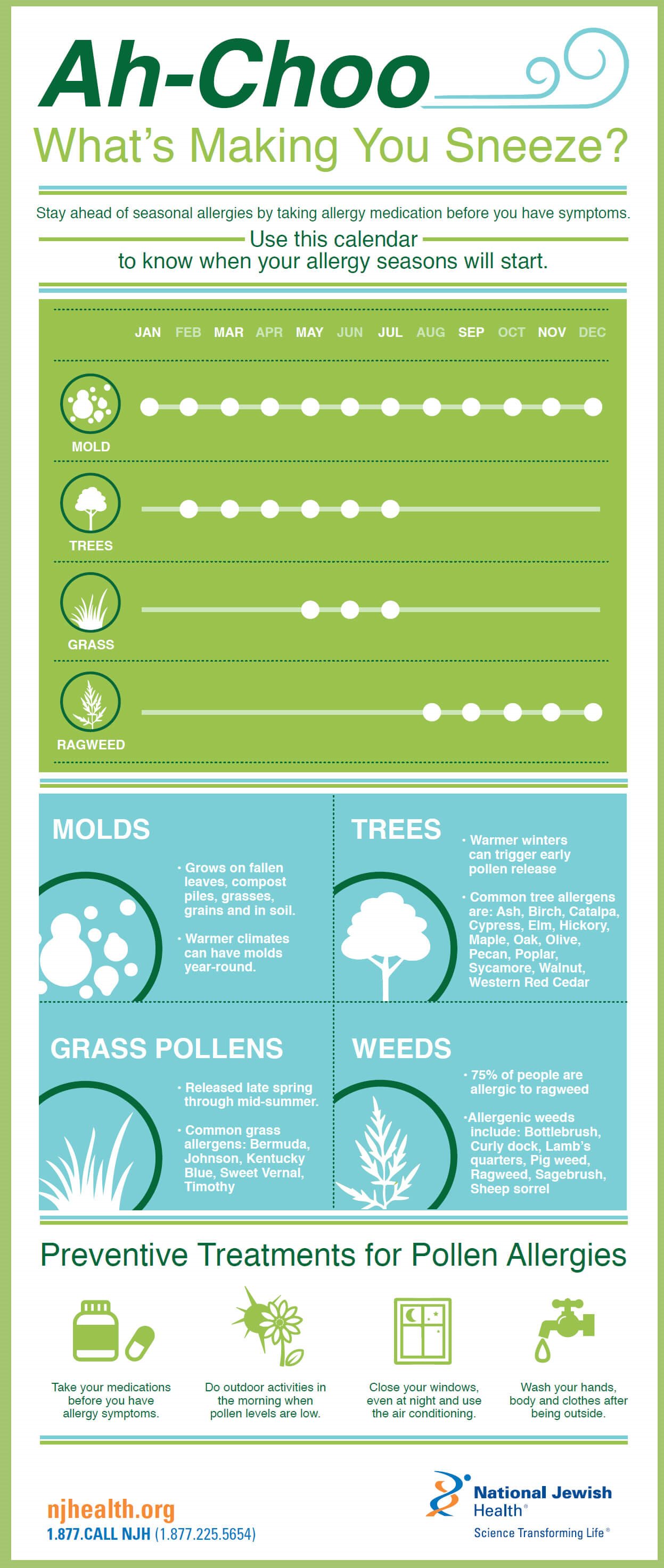Stop Expensive Fixes: Identifying Very Early Indicators Of HVAC System Issues
Stop Expensive Fixes: Identifying Very Early Indicators Of HVAC System Issues
Blog Article
Short Article Writer-Corneliussen Kock
You might not realize it, yet your cooling and heating system could be silently plotting versus you. It's a complex maker, working vigilantly to keep you comfortable year-round.
But occasionally, it begins to show signs of problem. Signs that, if ignored, might cause pricey repair work down the line.
So, exactly how can you safeguard on your own from these prospective calamities? Well, let's begin by paying attention very closely ...
Unusual Sounds
If you listen to any uncommon sounds coming from your cooling and heating system, it is very important to resolve them without delay to stop potential issues. These noises could be an indicator of underlying problems that, if left unattended, might cause more considerable and expensive repair services down the line.
One common noise to listen for is a screeching noise, which might show a problem with the fan belt or motor.
An additional sound to look out for is a banging or clanging noise, which can suggest loose or damaged elements within the system.
Additionally, a hissing or whistling audio could be a sign of a refrigerant leakage.
Irregular Temperature
To ensure the optimal efficiency of your a/c system, it's important to deal with any type of concerns that may bring about expensive repair services, such as uncommon sounds, in addition to the trouble of inconsistent temperature level. Inconsistent temperature can not only make your home awkward however also suggest underlying problems with your cooling and heating system.
Below are Licensed HVAC company to keep an eye out for:
1. Hot and cold areas: If you observe considerable temperature level variants in different locations of your home, maybe a sign of a heating and cooling system that's having a hard time to distribute air equally.
2. Rising and fall thermostat readings: If your thermostat regularly reveals various temperature levels or stops working to preserve a constant temperature level, it might signify a malfunctioning a/c system.
3. Ineffective cooling or home heating: If your heating and cooling system takes longer to cool or heat your home than typical, maybe a sign of a problem that needs attention.
Poor Air High Quality
Are you experiencing signs like coughing, sneezing, or allergies in your house? If so, your HVAC system may be at fault for the inadequate air top quality.
An improperly preserved or malfunctioning a/c system can circulate dust, plant pollen, and various other allergens throughout your home, resulting in respiratory system problems and discomfort.
https://www.aarp.org/money/budgeting-saving/info-2014/avoid-furnace-repair-scams.html of poor air top quality is an unclean air filter. In time, the filter can become blocked with dust, stopping it from properly eliminating fragments from the air.
One more feasible wrongdoer is mold and mildew growth within the system. Mold and mildew flourishes in dark and damp settings, and if left unchecked, it can release spores right into the air, triggering allergic reactions.
To improve your interior air high quality, make sure to frequently tidy or change your air filters and timetable routine maintenance for your HVAC system.
Final thought
So keep in mind, watching out for very early indications of a/c system troubles can save you from pricey repairs down the line.
Did you understand that according to a recent study, 80% of heating and cooling system failings could have been avoided with normal upkeep and prompt repairs?
By focusing on uncommon noises, inconsistent temperature levels, and poor air quality, you can ensure your a/c system remains in top form and avoid unneeded costs.
Stay proactive and save yourself the inconvenience!
